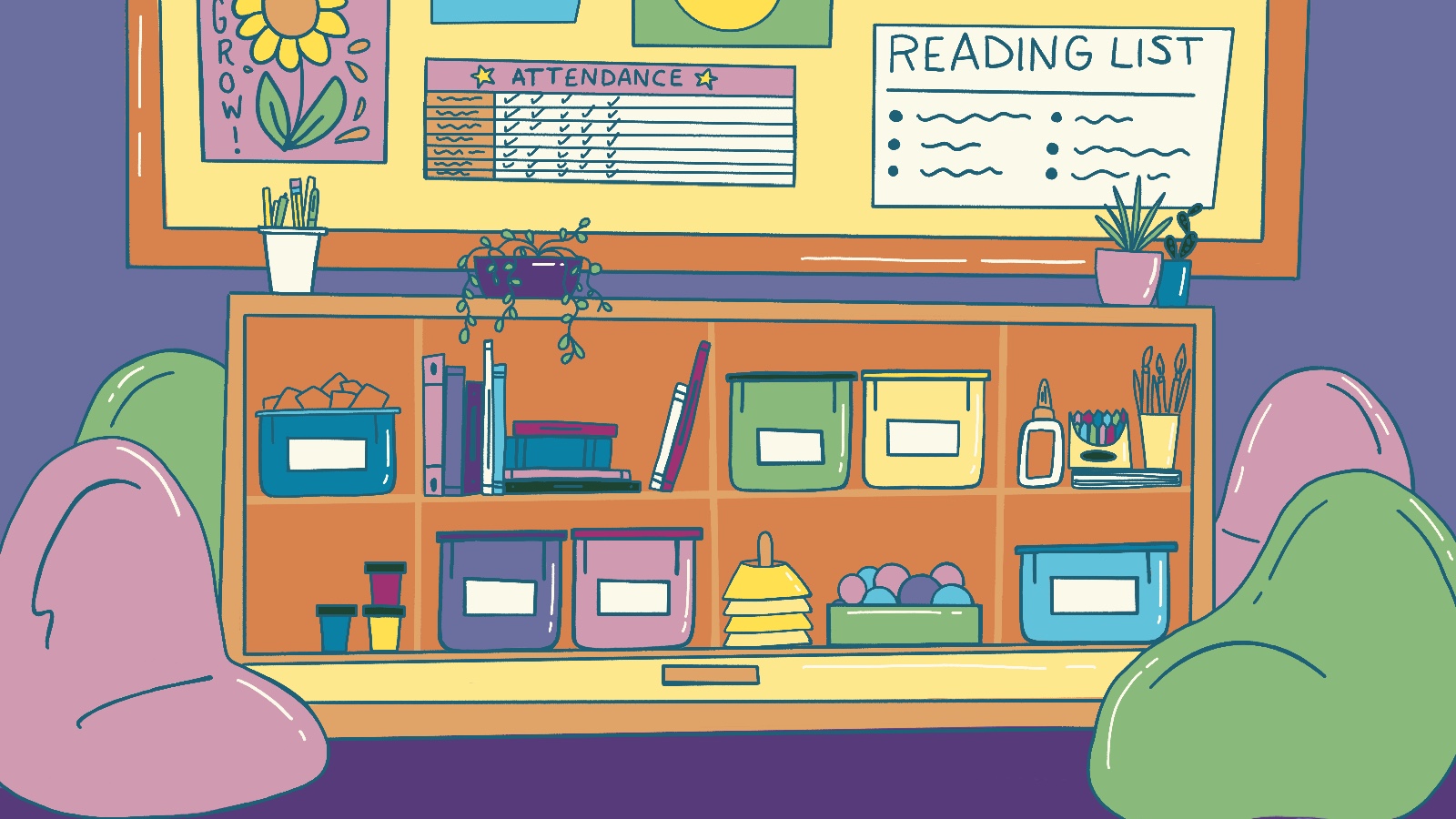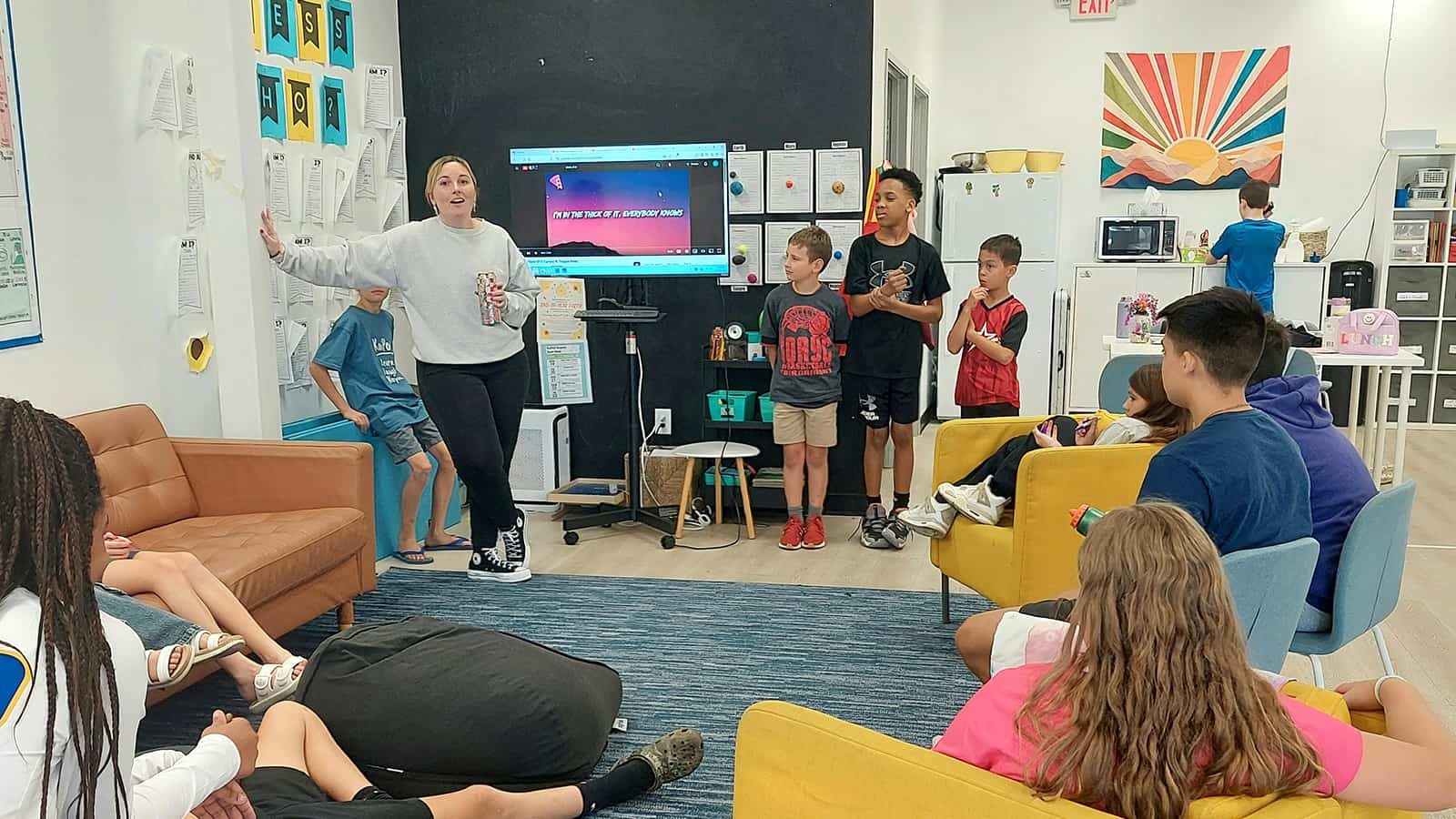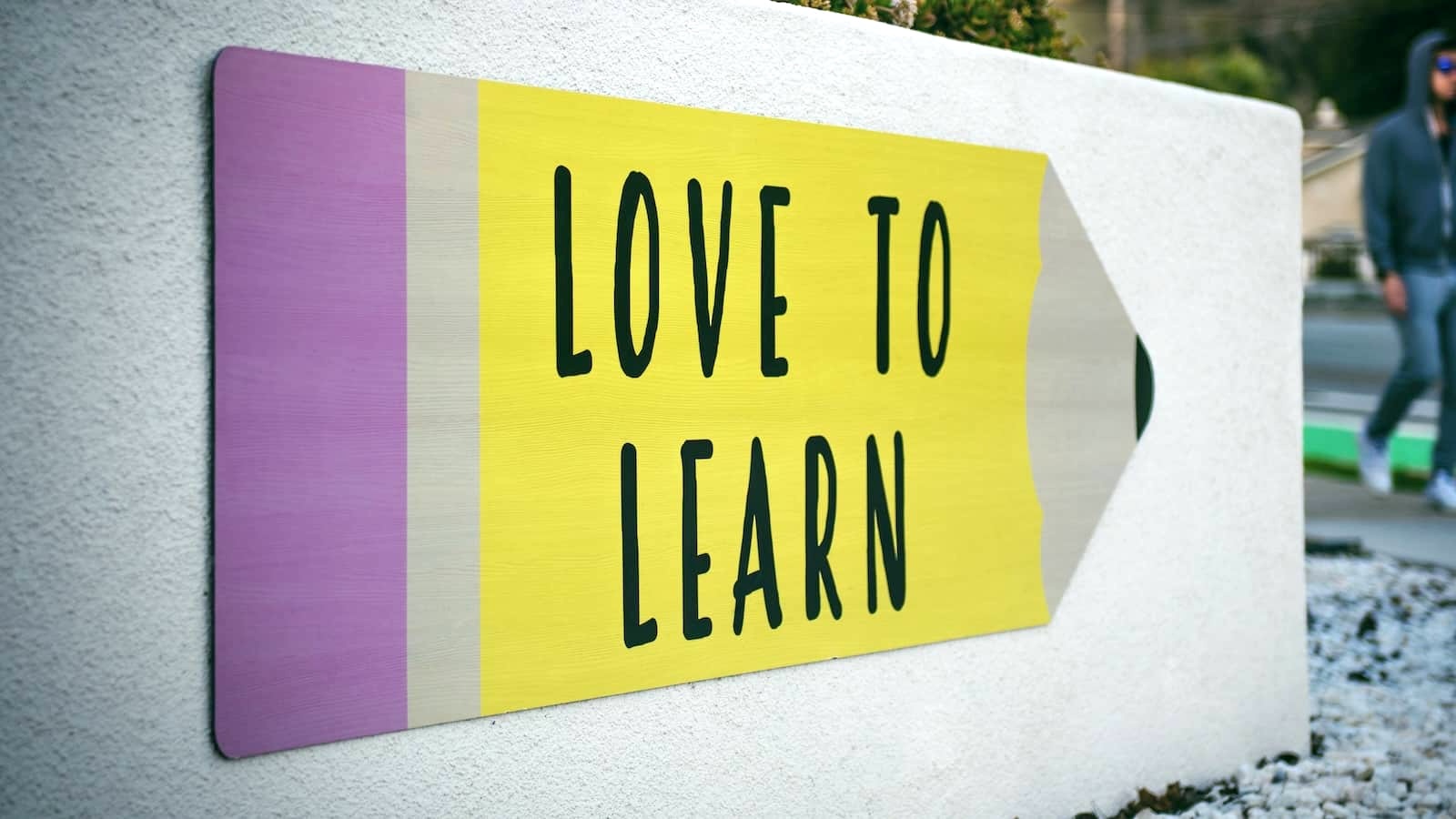Finding and setting up your Microschool physical space is incredibly exciting. Your dream is about to become a reality! There’s a lot to consider, though, and you might not be sure where to start. Here are some tips for choosing your location and making it your own.
What are some key factors to consider when selecting your Microschool physical space?
As you get ready to choose a space, it’s a smart idea to make a list of must-haves and nice-to-haves. This will help you evaluate each potential location to determine whether it really fits your needs. Create your list by considering these factors and questions.
Community
When you envision your Microschool’s physical space, think about the families that it will serve. It’s important to consider the broader community around a potential Microschool space, since your staff and students will be spending so much time there. You want to make sure you select a suburb, neighborhood, or street where your students and their families will feel comfortable.
As you consider a location, ask yourself: Will your target audience feel welcome here? Will the wider community embrace your Microschool and its students? Are there opportunities for your students to take part in nearby community events?
Access and Safety
On the more practical side, access and safety are important, both for your staff and your families. A well-situated Microschool can be a real selling point for prospective families, and safety is always a priority.
Is the location easy to find and get to in all weather conditions? Is parking available if needed? And as for safety, think about whether the area is well-lit and whether the facilities are generally safe for kids. Who else has access to the building? Who will care for spaces like driveways, sidewalks, or parking lots in winter weather?
Outdoor Space
For some Microschools, outdoor spaces are integral to instruction, while for others, they are simply additional places for students to gather and play. Either way, it’s a good idea to consider how you’ll access the outdoors in any potential location.
Does the facility have its own outdoor areas? If not, is it close to a park or other outdoor community space? Is there room for all the outdoor activities you have planned?
Costs and Zoning Regulations
Cost is likely already on your mind as you search for a space, but there are some other logistical factors to consider as well. Some facilities may have restrictions that make running a Microschool difficult or impossible, so be sure to investigate before committing to a location.
What is the cost to rent or use the space? Does that cost include utilities and internet access? What other logistics-related expenses will you need to consider? Does this location allow businesses (for-profit or non-profit)? If in a private home, are there any zoning, deed restrictions or HOA regulations to consider?
Accessibility
As you narrow in on your location, consider any specific accessibility requirements you will need to meet.
How important is it that the space be accessible to people in wheelchairs or with mobility constraints? If your Microschool will serve neurodivergent learners, is it quiet enough to suit their needs and prevent distractions?
Adaptability
Finally, think about how you will be able to change and rearrange the space to suit your needs. Especially if you are renting space or using part of a larger building, you may need to get creative when personalizing your Microschool.
Can you leave all your learning materials in place, or will you regularly need to take things down and set them up again? Are you able to adjust the lighting? Will you have control over the temperature? Can you paint the walls? Will you be able to hang shelves, whiteboards, and bulletin boards? Will this space grow with you as your school grows?
What are some possible locations for Microschool physical spaces?
Be creative when looking for a space! There are plenty of options available, including:
- Library community rooms
- Religious organizations (e.g., churches, synagogues)
- Community centers
- Rented commercial spaces
- Shared office spaces
- Private homes
- After-school tutoring centers
Learn more about the pros and cons of these possible spaces here.
Setting Up Your Microschool Physical Space
Now we’re getting to the good part! Personalizing your Microschool physical space makes it feel truly unique, and allows you to create the learning spaces that will work best for your style. As you prepare to buy furniture, decorations, and school supplies, here’s how to plan for the different kinds of spaces in your Microschool.
Learning Spaces
The beauty of a Microschool is that you’re not tied to rows of desks. Students can work wherever they feel comfortable, leading to better learning outcomes for everyone.
Consider setting up multi-use spaces that can work for both individual and group learning. You might use smaller tables that can be pushed together or pulled apart depending on whether students are working together or separately. A circle of beanbag chairs or some comfy floor pillows on a rug can function as a group discussion area, but students may also spread out with lap desks in these spaces to work independently.
Administrative Area
Remember to set aside space for educators to plan and handle administrative tasks. They should have their own desk or table, and you may also want to add storage, drawers, or filing cabinets depending on your needs. This space can double as a place for private tutoring or one-on-one time with students too.
Outdoor Spaces
If you’ve got your own outdoor space, be sure to equip it well! You might add chairs and tables for working or eating outside, plus umbrellas or canopies to provide shade from the sun. At some Microschools, outside space may be more focused on recreation, so you might consider equipment like athletic balls, jump ropes, or a sandbox depending on the age of your students.
Bathrooms
It’s easy to forget about these when you’re in the planning stages, but you’ve absolutely got to have them. Make sure you have enough access for all your students and teachers. The required number of bathrooms is often determined by government regulations, so be sure to check your local and state laws for what you’ll need.
Kitchen and Dining Areas
If your school day is longer than a couple of hours, you’ll need a way for students and teachers to eat. Most Microschools ask kids to bring lunch from home and then provide access to a refrigerator and microwave.
Some things to ask yourself: Will you have a separate dining space? Will you need to manage student allergies? How will you handle food waste and other potentially smelly trash? Will you provide any plates, cups, and utensils? Will everyone bring water from home, or will you supply a water cooler?
Eating together is a great way to build community, so while there are a lot of logistical considerations around food at school, there are also wonderful opportunities for connection among your staff and students.
Technology
Most schools rely on technology like laptops and tablets to drive some of the instruction. Many Microschools request that students bring laptops or tablets for individual use, but some provide this equipment. Even if students are providing their own tech, you might want some additional equipment for the classroom.
Tech needs will be different for each Microschool, but some questions you might consider: Will you supply students with their own computers or tablets, or ask them to bring their own? What about accessories like microphones, headphones, or webcams? Will educators need to show videos or play music in the classroom? If so, how will they do that? Do you have enough outlets for everyone to charge their tech as needed?
Play Spaces
Depending on your students’ ages, you may want to set aside some space for learning through play. For younger children, you might need dedicated areas for toy workbenches, kitchens, or grocery stores, or you might want a closet full of dress–up clothes. For older students, you might have a jigsaw puzzle corner or a games cupboard. If sports are a big part of your Microschool experience, think about where kids will shoot hoops, practice their tennis swings, or do their morning yoga poses.
Storage Space
Once you’ve got all of your stuff, don’t forget about a place to store it. Where will you keep it all? Are there supply closets available? Will you need to buy or build spaces like cubbies, coat closets, or storage areas? Where will everyone leave their outdoor gear like jackets or boots in the winter?
Decorations
While these aren’t strictly necessary, there’s no doubt they make learning more fun and engaging! You can choose a decor theme, like camping or world travel, or just add decorations that make your space feel inviting. Fill your space with decorations that will inspire students, and invite them to bring their own decor to truly personalize your Microschool physical space. Involving your students in decorating the classroom shows them that they are valued members of their Microschool community.


